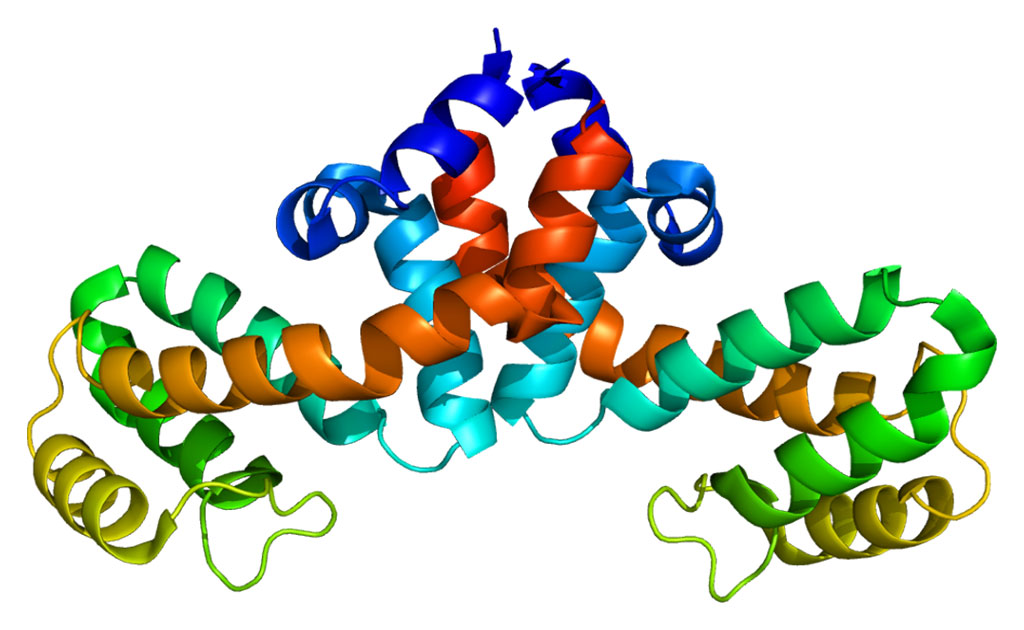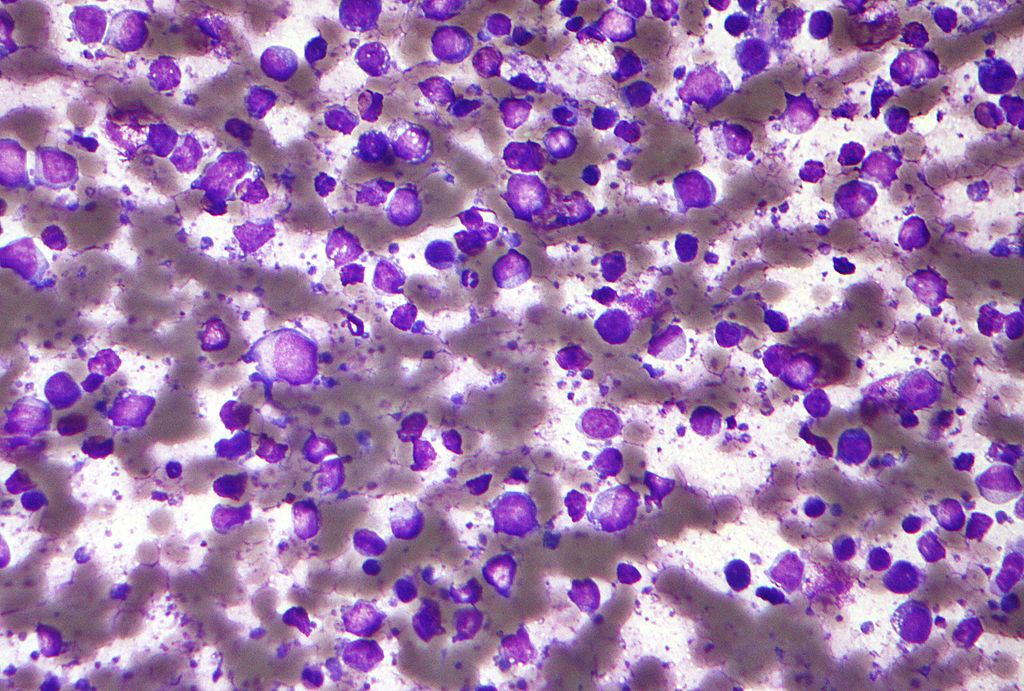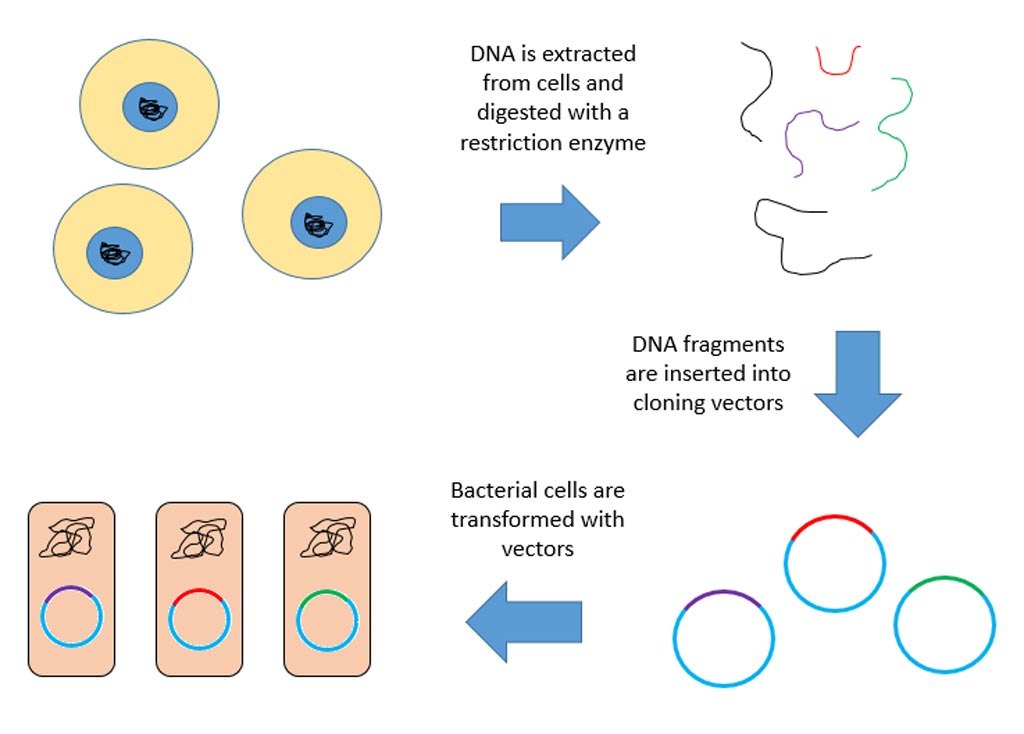Novel Treatment Regimen Kills Leukemia Cells and Blocks Angiogenesis
By LabMedica International staff writers
Posted on 15 Jun 2010
A tandem treatment regimen for acute myelogenous leukemia (AML) succeeds by both killing cancer cells and preventing reestablishment of disrupted blood vessels.Posted on 15 Jun 2010
Investigators at the University of Florida (Gainesville, FL, USA) treated mice bearing xenografts of human AML with the vascular disrupting agent, OXi4503, alone and in combination with the anti-VEGF (vascular endothelial growth factor) antibody, bevacizumab.
They reported in the May 14, 2010, online edition of the journal Blood that OXi4503 killed the cells at the core of AML tumors but that viable rims of leukemia cells remained and were richly vascular with increased VEGF expression. Then, bevacizumab treatment blocked VEGF expression in the endothelial tissue adjacent to the surviving leukemia cells and prevented reestablishment of the tumor.
"We have identified a new tool to dissect out the specifics of the relationship between leukemia cells and the blood vessels that supply them,” said senior author Dr. Christopher Cogle, professor of oncology at the University of Florida. "What we are offering is a brand new treatment by a very different mechanism to people who desperately need something new.”
Related Links:
University of Florida













